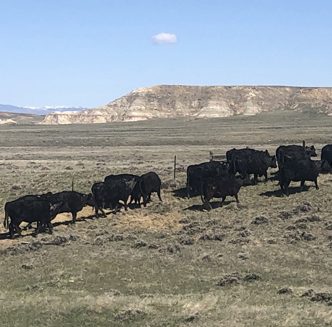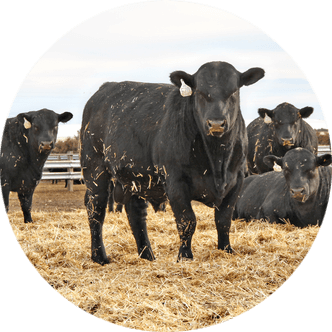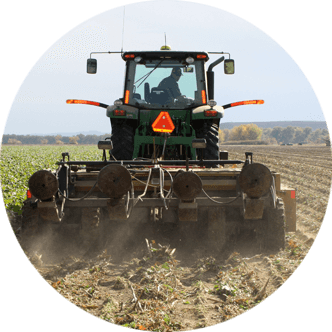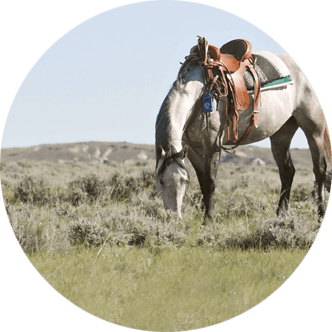H-2A program updates go into effect
Two recent updates to the H-2A temporary agricultural workers program are impacting the landscape of sourcing legal foreign labor in the U.S.
Effective Oct. 2, a final new rule is helping streamline the application process for certain electronically-filed H-2A petitions, and an interim final rule (IFR) is modifying how the program’s minimum wage Adverse Effect Wage Rate (AEWR) formula is calculated for some occupations within the program.
About H-2A
The H-2A temporary agricultural workers program helps American agricultural producers fill seasonal and temporary labor shortages with legal, foreign labor in cases where domestic labor is unavailable or in short supply.
H-2A visas are temporary, usually lasting no longer than 10 months and involve an intensive application process which must be approved by the Department of Labor (DOL).
Before a position can be filled by an H-2A worker, the employer must collaborate with their local State Workforce Agency to attempt to recruit U.S. citizens for the intended position.
In 2024, more than 380,000 H-2A workers were authorized in occupations across the U.S., according to a July 9 Farmdoc Daily article written by Christian Valencia and Nick Paulson.
In Wyoming, many sheep producers rely upon H-2A labor to fill sheepherder positions.
Streamlining application process
A final rule issued on Oct. 2 by the U.S. Department of Homeland Security will help streamline the application process for certain H-2A petitions by allowing U.S. Citizenship and Immigration Services (USCIS) to begin processing electronically-filed petitions requesting unnamed H-2A temporary agricultural workers while the DOL reviews the requested employment to ensure it would not harm American workers.
With this change, USCIS can immediately begin processing electronically-filed petitions seeking unnamed beneficiaries, rather than waiting for a valid temporary agricultural labor certificate to be provided at the time of filing, which gives petitioners flexibility to file with USCIS sooner.
Overall, this change will help speed up the process for newly-filed electronic applications. However, USCIS emphasizes petitioners seeking named beneficiaries, preexisting petitions and paper-filed petitions will not be affected.
AEWR changes
The DOL also issued an interim final rule which reshapes how the hourly AEWR is calculated for H-2A visa workers employed in non-range occupations.
The new method for calculating the AEWR will affect the majority of H-2A opportunities and rely on data from the Bureau of Labor Statistics’ Occupational Employment and Wage Statistics survey.
Previously, these wages were calculated on a regional basis using data from the U.S. Department of Agriculture’s Farm Labor Survey, which was discontinued in August.
The new rule also divides AEWRs into two skill-based categories, creating two tiers of pay based on skill level and job qualifications. Some employers will also be allowed to factor in a housing adjustment and deduct appropriate expenses from an employee’s hourly wage.
Overall, the DOL estimates these changes will save farmers an average of $2.4 billion dollars per year over the next 10 years, according to an Oct. 7 American Farm Bureau Federation article by Samantha Ayoub.
Importantly, changes outlined in this IFR will only affect workers employed on an hourly basis in non-range occupations, meaning the changes do not apply to sheepherders.
“In the H-2A program there are two types of mandated minimum wages from DOL – an hourly wage for non-range occupations and a monthly salary wage for range herders,” explains Mountain Plains Agricultural Service Executive Director Kelli Griffith. “Only those H-2A employers certified to employ ranch and farm hands with a mandated minimum hourly wage will be impacted by this rule change.”
Griffith further notes, due to the ongoing government shutdown, the DOL has not been able to provide further guidance regarding the IFR, and no labor certifications are being processed.
Although the amendment is expected to aid several members of the agricultural sector, sheep industry stakeholders continue to hold out hope and advocate for further reform.
H-2A and the sheep industry
In Wyoming, H-2A labor accounts for a large portion of herding jobs which are essential to the sheep industry.
Many producers would struggle to fill these jobs without H-2A labor, but at the same time, overbearing federal policies and ever-increasing wage rates present challenges for producers who utilize the H-2A program.
Alison Crane, executive director of Wyoming Wool Growers (WWGA), has been pushing for H-2A policy reform for several years.
WWGA argues, without changes to the program, wage increases and overregulation by the federal government have the potential to drive the western range sheep operator out of business in very short order.
Crane explains herders fall into their own category under the “H-2A umbrella” due to the unique nature of the job, which requires remote living conditions and constant on-call status.
For these reasons, herders are paid on a monthly basis rather than an hourly basis based on a wage rate determined by the DOL.
The current formula does not include a housing adjustment or cost-of-living considerations for the employer, leaving ranchers to foot the bill for essential items like equipment, transportation, clothing and housing for employees, in addition to steep monthly wages.
Hamilton Ranch, a family-owned Rambouillet operation in north-central Wyoming, has employed H-2A sheepherders for several years. Keith Hamilton says cumbersome regulations and high costs associated with employment are pitfalls of the program which affect many sheep producers, but also emphasize their operation would not be able to go on without H-2A workers.
“We understand the fallacies of the H-2A program, but at the same time, we learn to work with it because it’s our only hope for getting all of our work done,” Keith comments.
Expenses for H-2A employers like the Hamiltons are exponential, and combined with unfavorable market conditions, these federal oversights increase sheep producers’ burdens immensely.
“Sheep and wool prices have not increased at the same rate as wages and the cost of living,” Crane emphasizes. “Expenses and wage rates are continuing to increase at rates a sheep producer’s income does not.”
WWGA is continuing to advocate for a wage rate formula which takes cost of living, inflation and market conditions into account, and both Crane and Keith say they are optimistic about the potential for eventual reform under the Trump administration.
Grace Skavdahl is the editor of the Wyoming Livestock Roundup. Send comments on this article to roundup@wylr.net.





